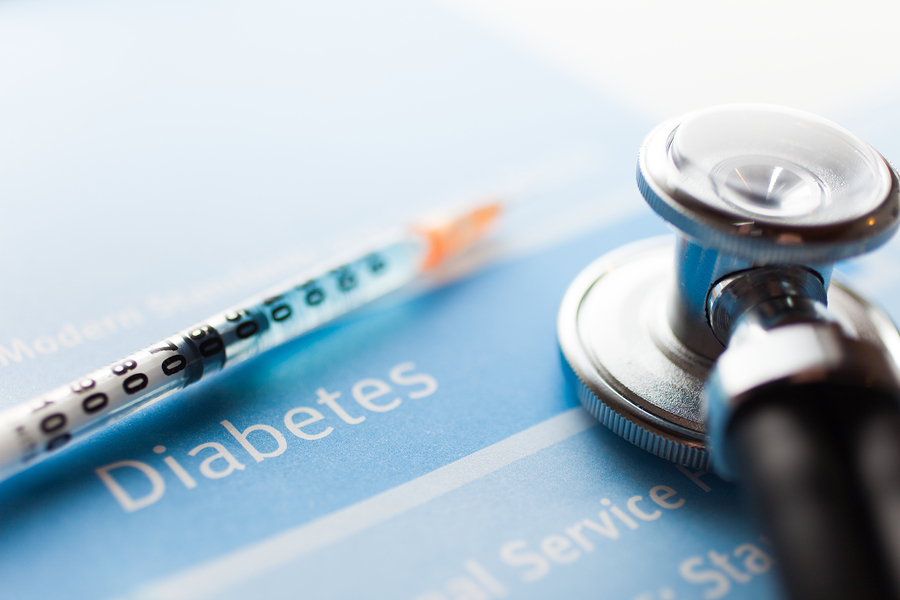Lower your risk of Type 2 Diabetes
Diabetes is a condition that causes a person’s blood sugar level to become too high.
The hormone insulin controls the amount of glucose in the blood, but problems start to arise when the amount of insulin being produced by the pancreas isn’t doing the business.
Around 10% of diabetes cases are Type 1 (where no insulin is being produced at all) and usually occur before the age of 40. The overwhelming majority of diabetes cases are Type 2 (where not enough insulin is being produced or the body’s cells aren’t responding to insulin properly) and can happen at any age.
Learn how to spot the symptoms and reduce your risk of developing Type 2 Diabetes.
Why is it on the rise?
The number of adults developing Type 2 Diabetes is increasing due to several factors, namely the upswing in levels of obesity, the downturn in our exercise regimes, and increase of unhealthy diets and an ageing population.
What’s the worst case scenario?
Diabetes can be the cause of some deeply unpleasant long-terms health worries such as blindness, kidney failure, cardiovascular disease and strokes.
Recognising the symptoms
The main things to look out for are feeling very thirsty or tired, urinating more frequently, unexplained weight loss, blurred vision and cuts which heal more slowly. As Type 2 Diabetes can develop over the course of many years, the symptoms may only be picked up during a routine medical check-up. If you notice any of those symptoms, make an appointment with your GP as soon as possible.
Getting help
If you are concerned about Type 2 Diabetes, the first step might be to take a test such as the Diabetes UK Risk Score. This can help you identify whether there’s a possibility you might develop Type 2 Diabetes and offer advice on what you can do to be proactive and lower your risk through a more healthy lifestyle.
Doing it yourself
Don’t assume that just because you feel healthy that you’ll never develop diabetes as you could still have a higher than average level of blood glucose. There are plenty steps you can take to try and cut off a risk of diabetes at the source. If you’re overweight, get on a programme to shift some pounds, and simply be more active, especially if you live a sedentary lifestyle. A healthy diet is a must, so avoid high-fat foods, increase your consumption of high-fibre foods, eat more fruit and veg and choose skimmed or semi-skimmed milks.
Does anyone in your family have Type 2 Diabetes?
Disclaimer
All content on Silversurfers.com is provided for general information only, and should not be treated at all as a substitute for the medical advice of your own doctor or any other health care professional. Silversurfers will not be responsible or liable for any diagnosis made by a user based on the content on www.silversurfers.com and we are also not liable for the content of any external websites or links from or to Silversurfers to any other websites. Please always consult your own doctor if you’re in any way concerned about any aspect of your health.
Rachel - Silversurfers Assistant Editor
Latest posts by Rachel - Silversurfers Assistant Editor (see all)
- Graham Norton’s funniest interviews - April 2, 2024
- Chocolate dipped strawberries for Easter - March 28, 2024
- Elton John’s Greatest Hits Playlist - March 24, 2024
- The best of Diana Ross - March 23, 2024
- Easter activities for grandchildren - March 23, 2024





















